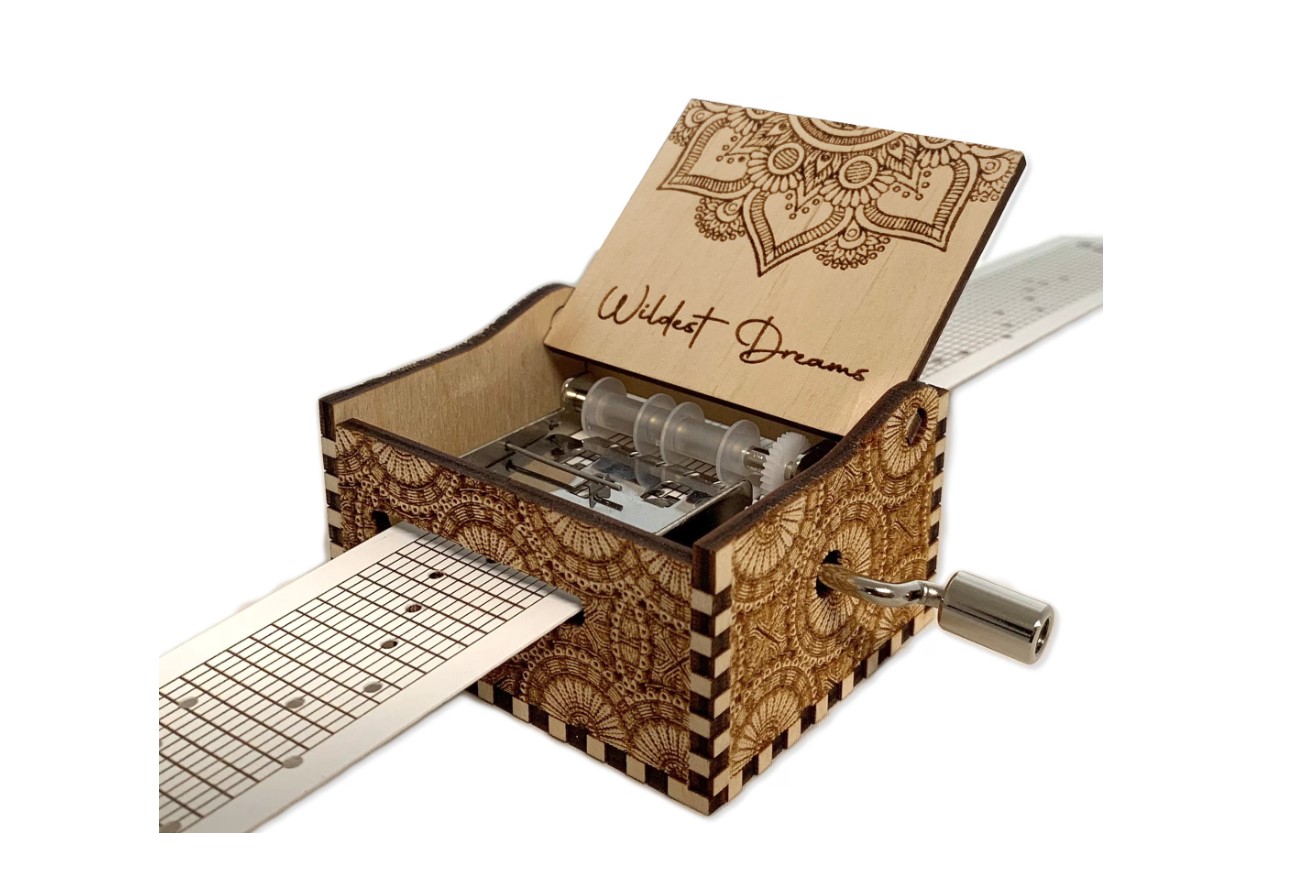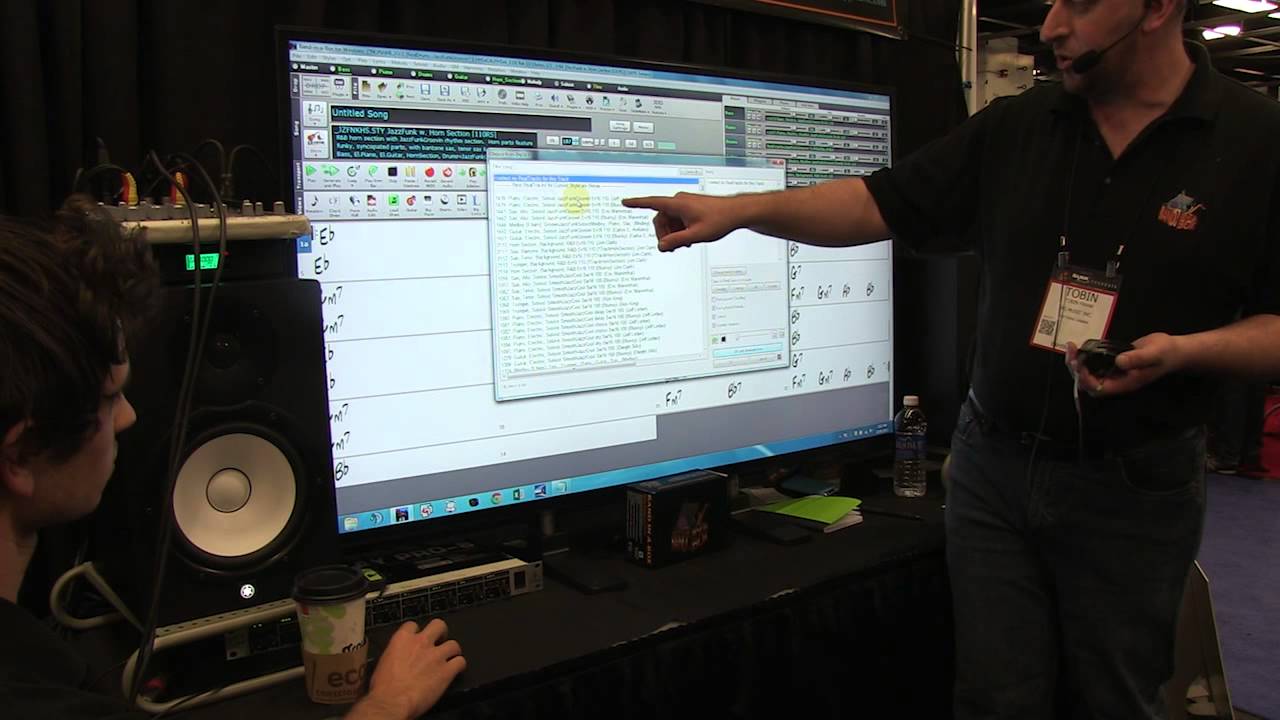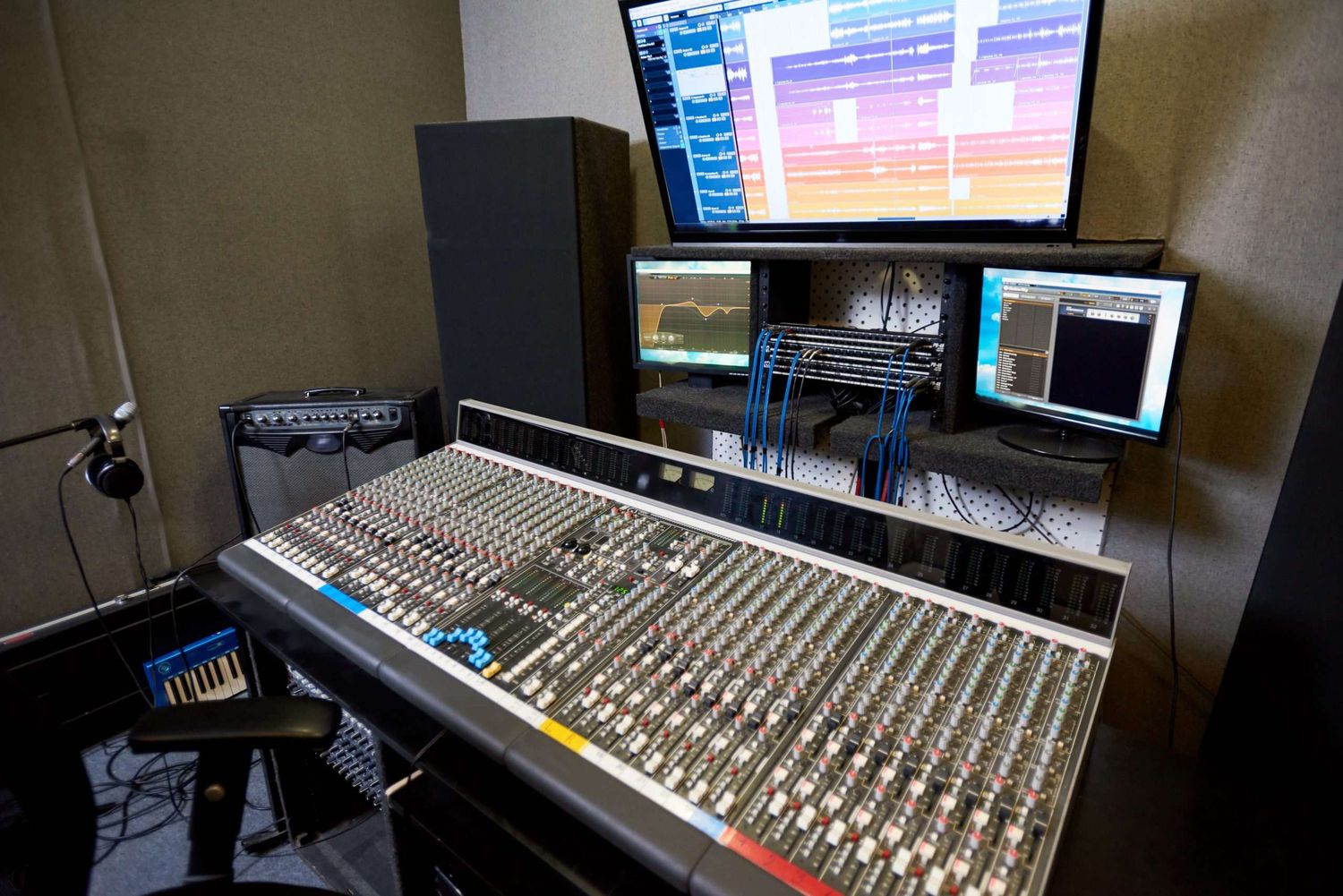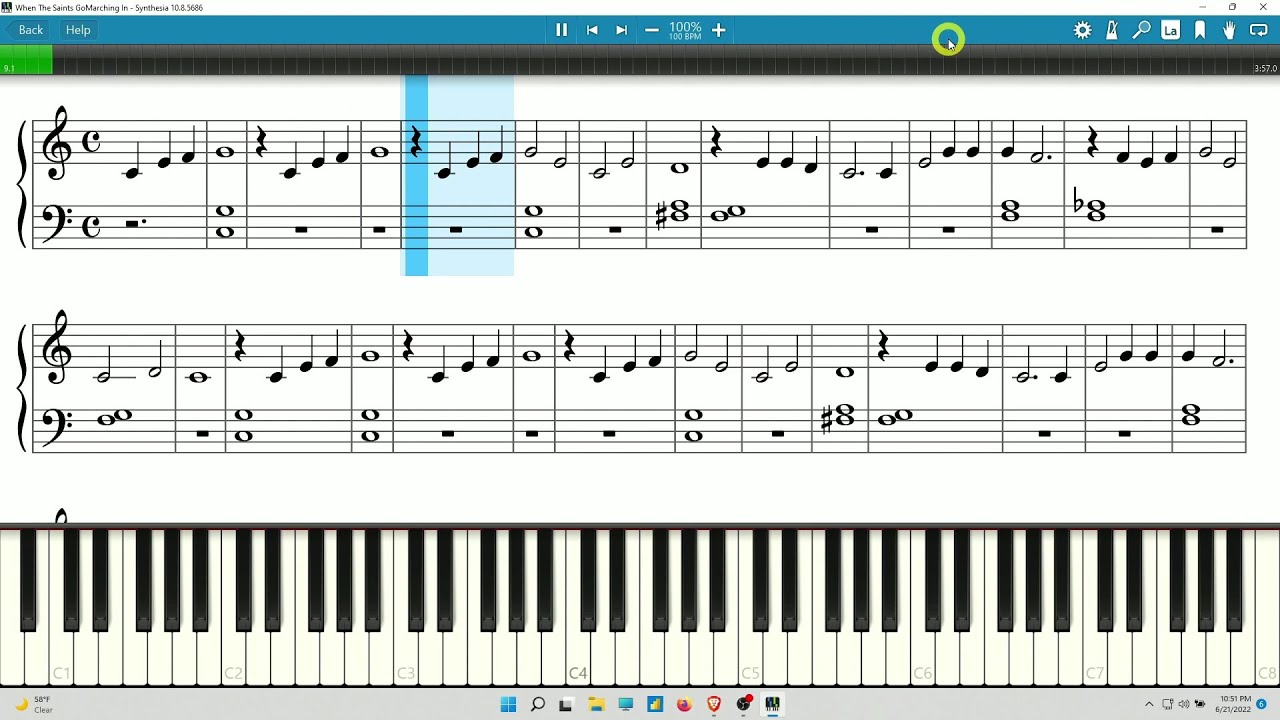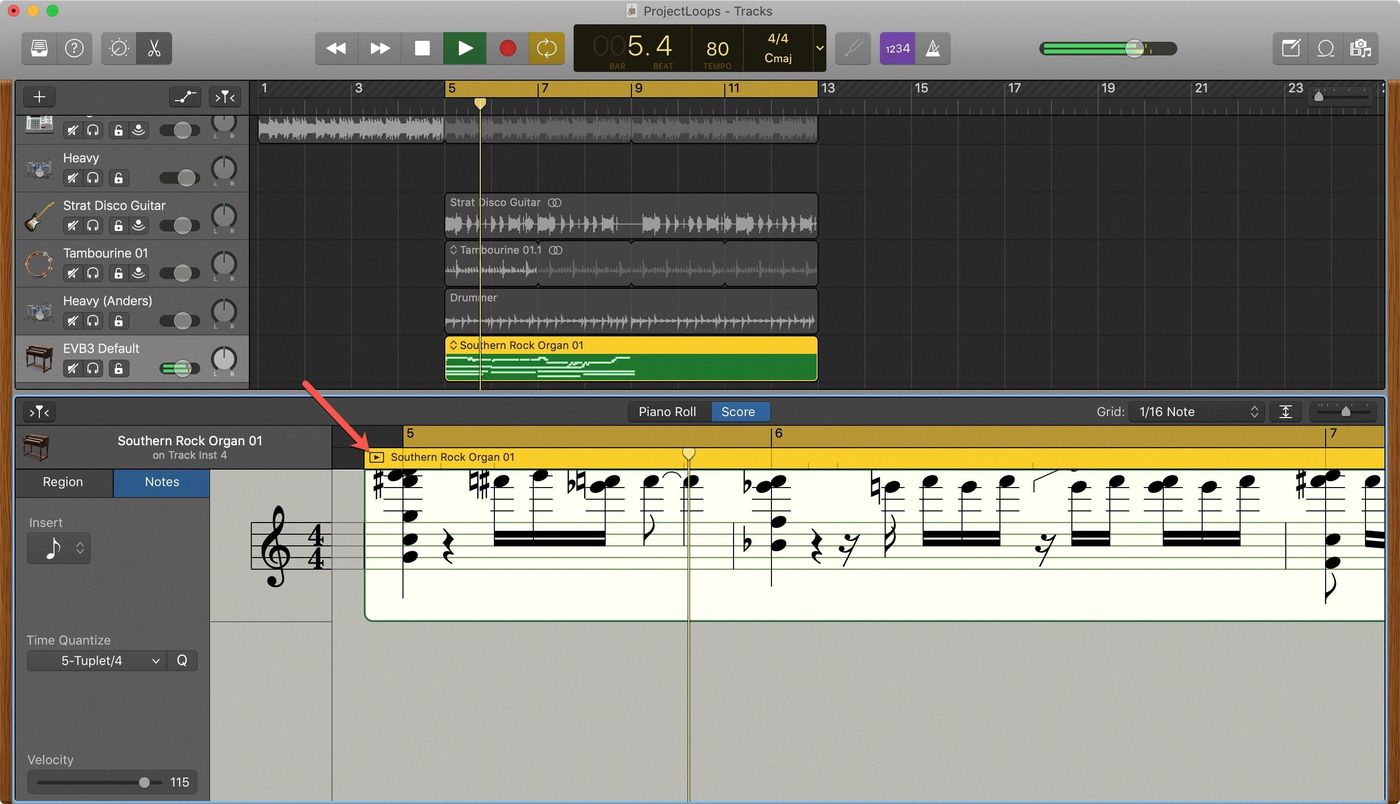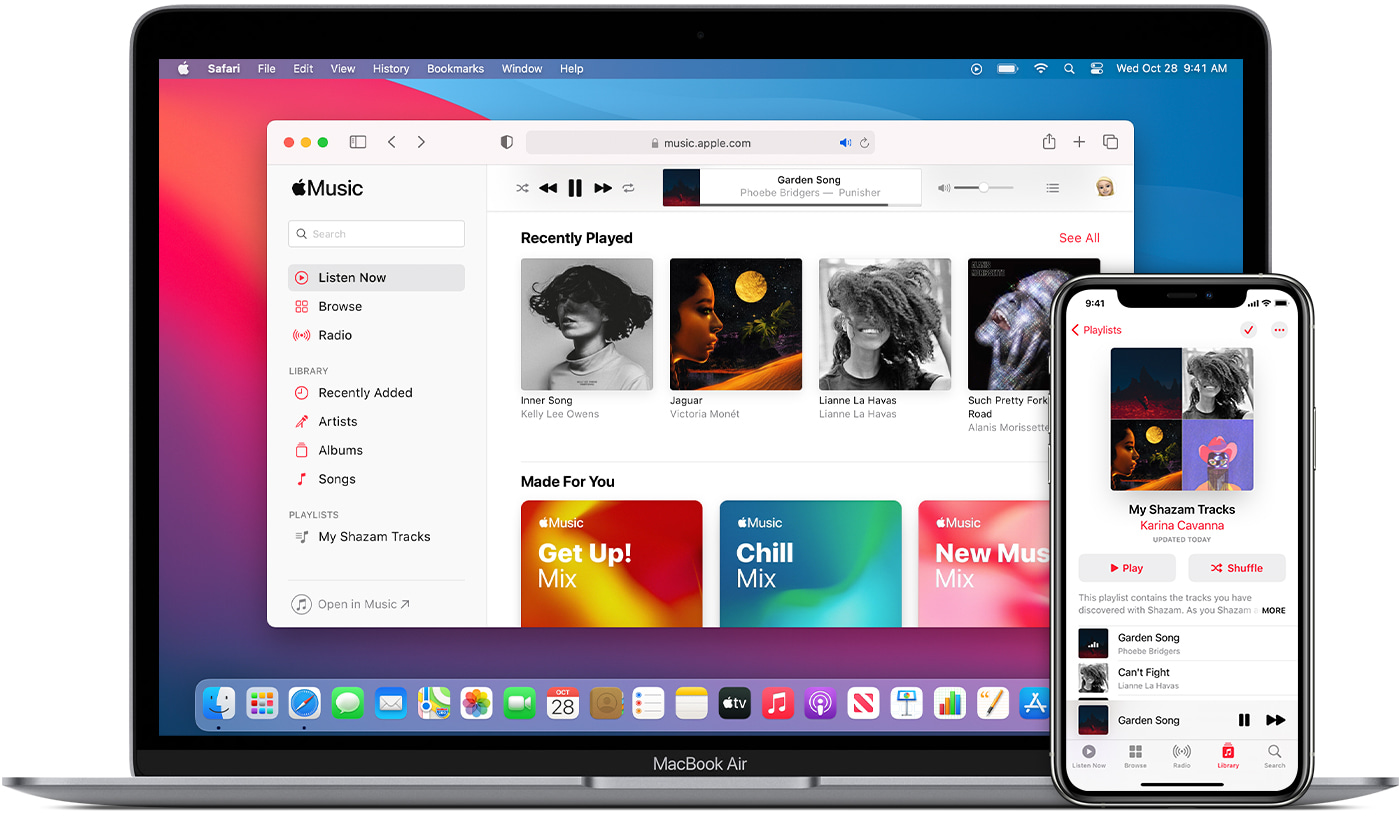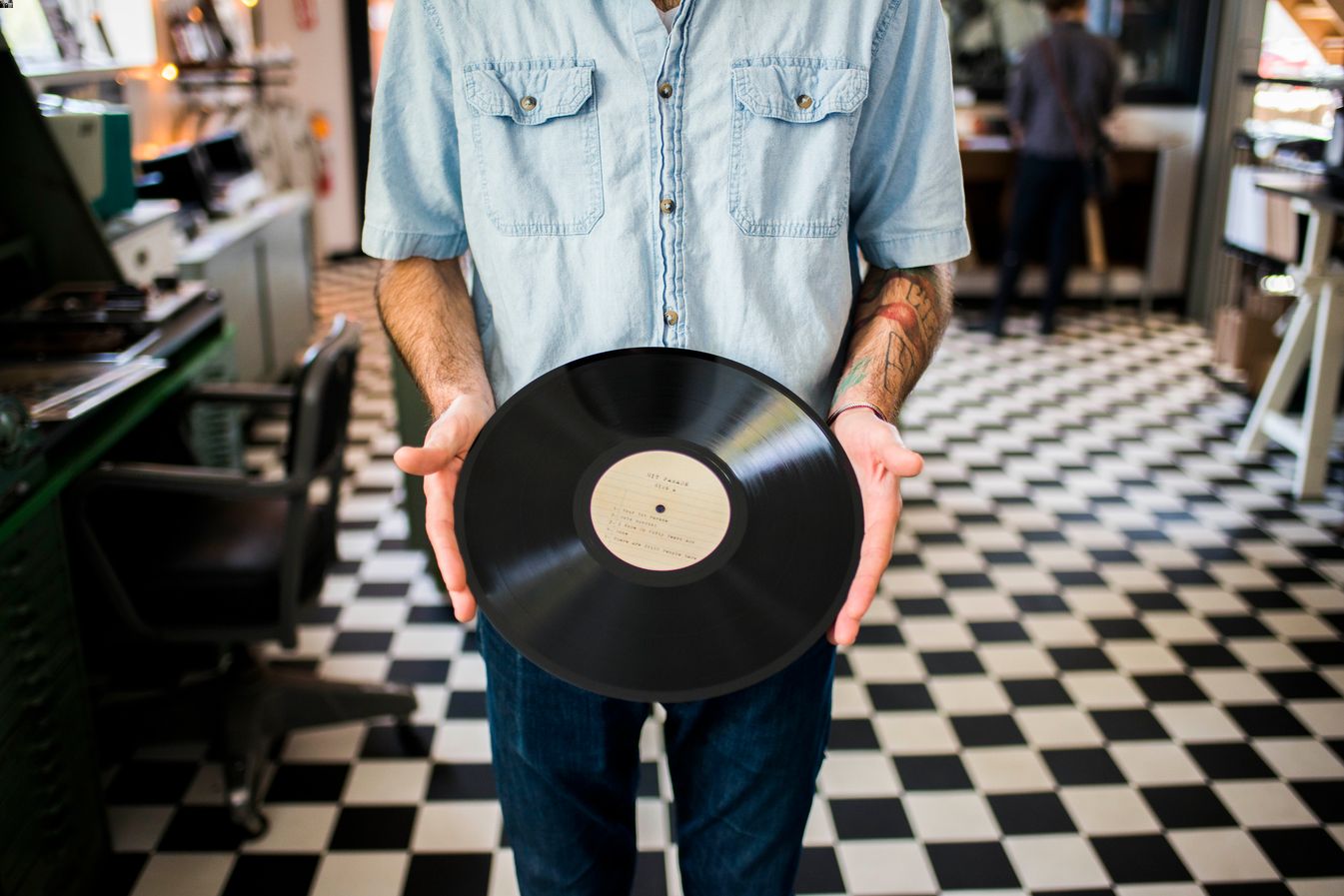Home>Devices & Equipment>Music Box>How To Convert Songs To Music Box
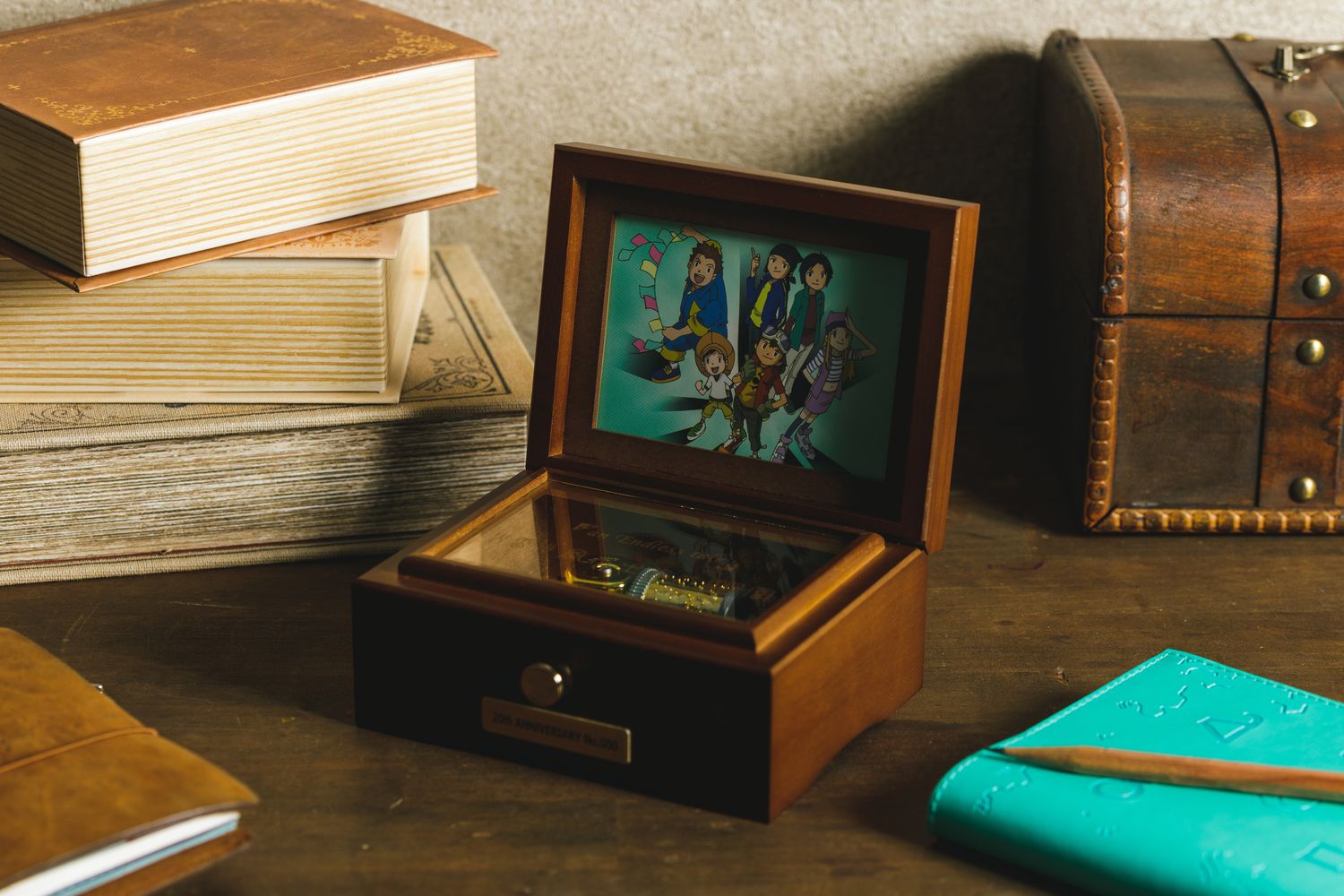

Music Box
How To Convert Songs To Music Box
Modified: January 22, 2024
Learn how to convert your favorite songs into music box melodies with this step-by-step guide. Start creating your own music box tunes today!
(Many of the links in this article redirect to a specific reviewed product. Your purchase of these products through affiliate links helps to generate commission for AudioLover.com, at no extra cost. Learn more)
Table of Contents
Introduction
Music boxes have a timeless charm that brings joy and nostalgia to people of all ages. The gentle melodies and delicate chimes of a music box can transport us to another time and place, evoking memories and emotions that can’t be replicated by any other instrument. While music boxes traditionally come pre-loaded with popular tunes, there is a unique satisfaction in converting your favorite songs into music box melodies.
In this article, we will delve into the fascinating world of music boxes and guide you through the process of converting songs to music box format. Whether you are a musician looking to create a unique rendition of your composition or simply a music lover wanting to enjoy your favorite tunes in a new way, this article will provide you with the knowledge and tools necessary to embark on this enchanting journey.
Before we delve into the intricacies of song conversion, it is important to understand how music boxes work and how they create their distinctive sounds.
Understanding Music Boxes
Music boxes, also known as musical or mechanical boxes, are intricate devices that produce melodies through the use of a rotating cylinder or disc with pinned metal teeth. When the cylinder or disc rotates, the protruding pins pluck a series of tuned metal or glass rods known as lamellae, producing a musical sound.
These mechanical wonders have a long history, dating back to their invention in the late 18th century. Originally, music boxes were designed with a limited number of pins and lamellae, resulting in a smaller range of notes and melodies. However, modern music boxes have evolved, allowing for more complex and melodic compositions.
Music boxes often come in various sizes and designs, ranging from small pocket-sized boxes to larger ornate pieces that serve as decorative items. Their popularity has endured over the years due to their ability to captivate and enchant listeners with their delicate melodies.
Distinctive features of music boxes include their intricate craftsmanship, the mesmerizing sight of the rotating pins, and the charming sound they produce. Some music boxes also incorporate additional elements, such as dancing figures or hidden compartments, further adding to their appeal as collectible items.
While traditional music boxes were limited to a fixed set of pre-programmed tunes, modern technology has opened up a world of possibilities for customizing the melodies played by these enchanting instruments.
Now that we have a basic understanding of music boxes and their mechanisms, let’s explore how to select the perfect songs for conversion into music box format.
Choosing Songs to Convert
When it comes to choosing songs to convert into music box melodies, the options are endless. You can choose from your favorite tunes, classical compositions, or even your own original music. The key is to select songs that have a pleasing melody and can be easily adapted to the limited range of a music box.
Here are some tips to help you choose the perfect songs for conversion:
- Choose songs with a simple melody: Since music boxes have a limited range of notes, it’s best to select songs that have a straightforward and uncomplicated melody. Songs with intricate harmonies or fast-paced rhythms may not translate well into the music box format.
- Consider songs with sentimental value: Music boxes are often associated with nostalgia and emotions. Selecting songs that hold special meaning to you or have sentimental value can enhance the personal connection you have with the music box.
- Experiment with different genres: Don’t limit yourself to a specific genre of music. Explore songs from various genres, such as classical, pop, folk, or jazz, and see how they can be transformed into charming music box melodies.
- Listen for recognizable melodies: Choose songs that have a distinct and recognizable melody. It’s important that the melody can be clearly discerned even with the limitations of a music box arrangement.
- Consider the length of the song: Keep in mind that music boxes have a limited playback time. Longer songs may need to be shortened or certain sections may need to be selected to fit within the duration of the music box.
Ultimately, the songs you choose should resonate with you and bring joy when played on a music box. Now that we have selected the songs, let’s move on to the process of converting them into music box format.
Preparing the Music Box
Before diving into the process of converting songs into music box melodies, it’s important to ensure that your music box is in good condition and ready to be used. Here are some steps to prepare your music box:
- Clean and lubricate the music box: Over time, dust and dirt can accumulate inside the music box, affecting its performance. Gently clean the exterior and interior of the music box using a soft cloth to remove any debris. Additionally, lubricate the moving parts of the music box with a specialized lubricant to ensure smooth operation.
- Check for any damaged components: Examine the music box carefully for any broken or missing parts. If you notice any issues, it’s best to have it repaired or replaced before proceeding with the conversion process.
- Ensure the mechanism is properly aligned: Verify that the mechanism of the music box is properly aligned and positioned. Adjust any loose or misaligned components to ensure they are in their correct positions.
- Prepare the music box for customization: If your music box allows for interchangeable cylinders or discs, prepare it for customization by removing the original one. This will provide a blank canvas for the conversion process and allow you to easily insert the newly created music box melody.
By following these steps, you will ensure that your music box is in optimal condition and ready to be transformed into a unique and personalized music box melody. Now that the music box is prepared, let’s move on to the exciting process of converting songs into music box format.
Converting Songs to Music Box
Converting songs into music box format requires careful mapping of the original melody to the limited range of the music box. Here is a step-by-step process to guide you through the conversion:
- Transcribe the melody: Begin by transcribing the melody of the song onto sheet music or a digital music composition software. This will serve as the foundation for the conversion process.
- Identify the key and range: Determine the key signature of the song and identify the range of notes used in the melody. This will help you understand the limitations of the music box and the notes that need to be adapted.
- Map the melody to music box notes: Once you have the original melody transcribed, map each note to the corresponding note on the music box. Keep in mind that music boxes typically have a range of 10-30 notes, so you may need to transpose or omit certain notes from the original melody to fit within this range.
- Create a music box arrangement: Use your transcribed melody to create a music box arrangement. This involves simplifying the harmonies, adjusting the rhythm, and incorporating the distinctive sounds that music boxes produce. Experiment with different arrangements until you achieve a pleasing and recognizable adaptation of the original song.
- Transfer the arrangement to the music box: Once you are satisfied with the music box arrangement, transfer it onto the appropriate medium, such as a music box cylinder or disc. There are various methods to do this, depending on the type of music box you have. It can involve punching holes in a paper strip for pinned cylinder or engraving the metal teeth of a disc.
Remember, the process of converting songs to music box format requires patience and experimentation. It may take several iterations to perfect the arrangement and ensure a smooth playback on the music box. Once you have successfully converted the song, it’s time to test and adjust the conversion for optimal performance.
Testing and Adjusting the Conversion
After converting the song into music box format, it is important to thoroughly test and adjust the conversion to ensure a seamless and harmonious playback. Here are the steps to test and fine-tune the conversion:
- Play the music box: Insert the newly created music box arrangement into the music box and play it. Listen carefully to the melody and note any discrepancies or areas that need improvement.
- Check for timing and tempo: Pay attention to the timing and tempo of the music box melody. Ensure that the transitions between notes are smooth and the overall pace is appropriate. Adjust the arrangement as needed to maintain a consistent and pleasing tempo.
- Test for note accuracy: Listen closely to the music box melody and compare it to the original song. Check for any inaccuracies or missing notes. Make adjustments to ensure that the melody is faithful to the original song.
- Consider dynamic variations: Music boxes have limited expressive capabilities compared to other instruments. However, you can still create subtle variations in volume and dynamics by adjusting the pressure or speed of the music box rotation. Experiment with these variations to add depth and emotion to the music box melody.
- Revise and refine as necessary: Based on your observations during testing, revise and refine the music box arrangement as necessary. Make small adjustments to improve the overall sound and ensure a satisfying listening experience.
Remember that personal preference plays a significant role in the adjustment process. Trust your ears and make changes that align with your artistic vision and the sound you want to achieve. Once you are satisfied with the conversion, it’s time for the finishing touches.
Finishing Touches
Once you have successfully converted the song and made the necessary adjustments, it’s time to add the finishing touches to your music box creation. Here are some final steps to enhance the overall presentation and enjoyment of your custom music box melody:
- Decorate the music box: Personalize your music box by decorating it to reflect your style or the theme of the song. You can add embellishments, paint, or even create a custom cover for the music box to make it truly unique.
- Create a custom label: Craft a custom label for the music box that showcases the title of the song, your name, or any other details you wish to include. This adds a professional and personalized touch to your creation.
- Record and share: Consider recording your music box melody to preserve it for future enjoyment. You can record it using a microphone or a digital recording device. Once recorded, you can share it with friends and family or even upload it to online platforms to share it with a wider audience.
- Keep the music box safe: Ensure that you store your music box in a secure and safe place to prevent dust, damage, or any other potential harm. Regularly clean and maintain the music box to prolong its lifespan and keep it in optimal condition.
By paying attention to these finishing touches, you can truly elevate the experience of your custom music box creation. The personalized decoration, custom label, and proper maintenance will enhance the visual appeal, while the recording and sharing of your music box melody will allow others to appreciate the beauty of your creation.
Congratulations! You have successfully converted a song into a music box melody and added the final touches to create a one-of-a-kind musical treasure. Enjoy the enchanting melodies and the joy it brings to your life and the lives of others.
Conclusion
Converting songs into music box melodies is a delightful and rewarding process that allows you to create a unique and personalized musical experience. By understanding the mechanisms of music boxes, selecting suitable songs, preparing the music box, and meticulously converting the melodies, you can unlock the enchanting world of music box customization.
Throughout this article, we have explored the intricacies of music boxes, provided guidance on choosing the perfect songs for conversion, and walked through the steps of preparing, converting, and adjusting the melodies. Additionally, we touched on the importance of testing and refining the conversion, as well as adding the finishing touches to complete the music box creation.
By following these steps, and infusing your own creativity and artistic flair, you can transform ordinary songs into captivating music box melodies. The process allows you to not only appreciate your favorite tunes in a fresh and unique way but also create a cherished heirloom or a thoughtful gift for someone special.
So, why not embark on this enchanting journey and explore the world of music box customization? Unleash your imagination, select meaningful songs, and delight in the process of converting them into music box melodies that will bring joy and nostalgia to yourself and others for years to come.
Remember, the beauty of music boxes lies in their ability to transport us to a different time and evoke deep emotions. Whether you are creating a music box as a hobby or pursuing it as a professional endeavor, the process of converting songs into music box melodies is an art that brings together craftsmanship, imagination, and the power of music.
Now it’s time to dive into the magical world of music box creation and let your creativity shine. Enjoy every moment spent customizing the melodies, and may the enchanting sounds of your music box bring joy and nostalgia to all who hear them.



